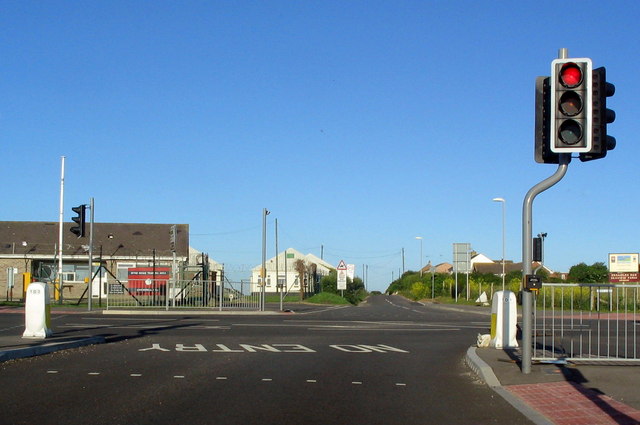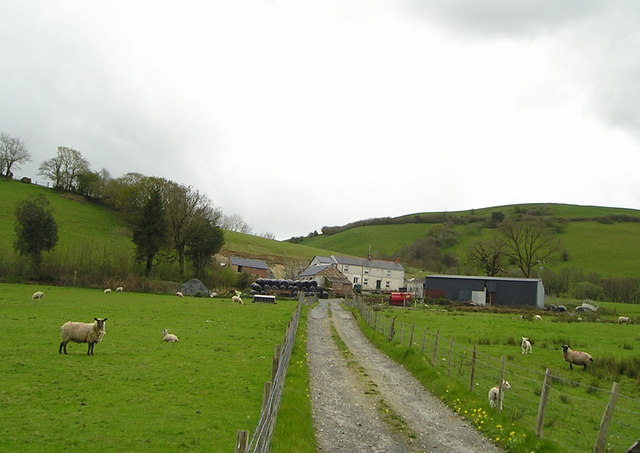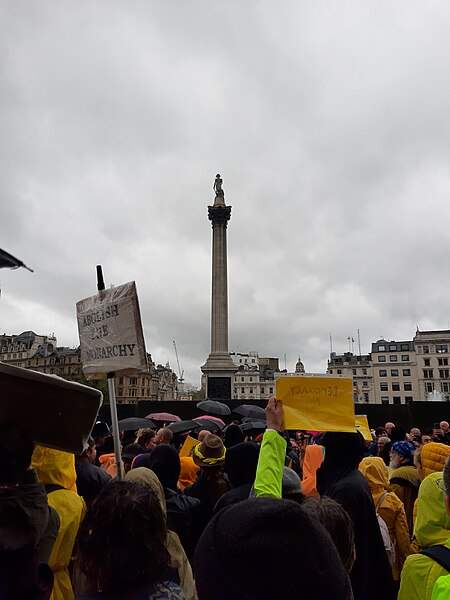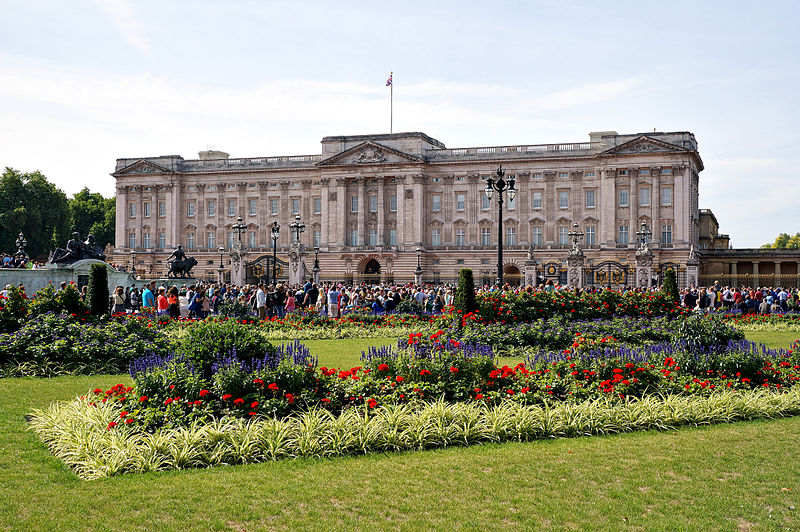
Culture
-
 Earliest evidence of human fire-making unearthed in Suffolk
A team led by the British Museum has uncovered what is now the earliest known evidence of humans deliberately making fire—dating back around 400,000 years—at a site in Barnham,Read More...
Earliest evidence of human fire-making unearthed in Suffolk
A team led by the British Museum has uncovered what is now the earliest known evidence of humans deliberately making fire—dating back around 400,000 years—at a site in Barnham,Read More... -
 Rothschild 15th-century prayer book set to fetch up to $7 million at Sotheby’s auction
Ultra-rare 15th-century mahzor features vivid medieval illustrationsRead More...
Rothschild 15th-century prayer book set to fetch up to $7 million at Sotheby’s auction
Ultra-rare 15th-century mahzor features vivid medieval illustrationsRead More... -
 Ray Winstone honoured with Freedom of the City of London
Ray Winstone, one of the UK’s most celebrated ‘hard man’ actors, has been awarded the Freedom of the City of London in recognition of his extensive charitable and fundraising work.Read More...
Ray Winstone honoured with Freedom of the City of London
Ray Winstone, one of the UK’s most celebrated ‘hard man’ actors, has been awarded the Freedom of the City of London in recognition of his extensive charitable and fundraising work.Read More... -
 Golden Globe 2026 nominations announced ahead of January ceremony
The nominations for the 83rd annual Golden Globe Awards were unveiled on Monday, setting the stage for the first major awards ceremony of the season on January 11.Read More...
Golden Globe 2026 nominations announced ahead of January ceremony
The nominations for the 83rd annual Golden Globe Awards were unveiled on Monday, setting the stage for the first major awards ceremony of the season on January 11.Read More... -
 Mayor of London granted right to use historic GLC coat of arms
The Mayor of London has been officially granted permission to use the historic coat of arms once belonging to the former Greater London Council (GLC), following approval from the King.Read More...
Mayor of London granted right to use historic GLC coat of arms
The Mayor of London has been officially granted permission to use the historic coat of arms once belonging to the former Greater London Council (GLC), following approval from the King.Read More... -
 Who will shape the National Gallery’s tomorrow? Architects shortlisted for landmark expansion
The National Gallery has announced a shortlist of six architectural teams competing to design a major new wing as part of its ambitious £750 million Project DomaniRead More...
Who will shape the National Gallery’s tomorrow? Architects shortlisted for landmark expansion
The National Gallery has announced a shortlist of six architectural teams competing to design a major new wing as part of its ambitious £750 million Project DomaniRead More... -
 National Gallery unveils ambitious exhibition programme for 2026
The National Gallery has announced a landmark line-up of exhibitions for 2026, spanning five centuries of European art and bringing together rare loans, first-ever UK presentations, and iconicRead More...
National Gallery unveils ambitious exhibition programme for 2026
The National Gallery has announced a landmark line-up of exhibitions for 2026, spanning five centuries of European art and bringing together rare loans, first-ever UK presentations, and iconicRead More... -
 OUP India launches 100 libraries for underprivileged children across Uttar Pradesh
Oxford University Press (OUP) India has partnered with the National Book Trust (NBT) to establish 100 libraries for underprivileged children across Anganwadi centres inRead More...
OUP India launches 100 libraries for underprivileged children across Uttar Pradesh
Oxford University Press (OUP) India has partnered with the National Book Trust (NBT) to establish 100 libraries for underprivileged children across Anganwadi centres inRead More... -
 Children’s author Iryna Kotlyarevska: “Stories born from family evenings”
Iryna Kotlyarevska is a name increasingly found on the shelves of family libraries. A mother of four, a Bachelor of Philosophy, a Master of Political Science, and the creator of the worlds ofRead More...
Children’s author Iryna Kotlyarevska: “Stories born from family evenings”
Iryna Kotlyarevska is a name increasingly found on the shelves of family libraries. A mother of four, a Bachelor of Philosophy, a Master of Political Science, and the creator of the worlds ofRead More... -
 Ashmolean Museum passes one million visitors for first time since 2008
The Ashmolean Museum in Oxford has recorded more than one million visitors in a single year, the first time it has reached the milestone in 16 years, the institutionRead More...
Ashmolean Museum passes one million visitors for first time since 2008
The Ashmolean Museum in Oxford has recorded more than one million visitors in a single year, the first time it has reached the milestone in 16 years, the institutionRead More... -
 Writer’s Award 2026 honours Jacqueline Crooks and Vanessa Londoño
Jacqueline Crooks and Vanessa Londoño have been named the 2026 recipients of the Eccles Institute and Hay Festival Global Writer’s Award. The announcement was made Monday evening atRead More...
Writer’s Award 2026 honours Jacqueline Crooks and Vanessa Londoño
Jacqueline Crooks and Vanessa Londoño have been named the 2026 recipients of the Eccles Institute and Hay Festival Global Writer’s Award. The announcement was made Monday evening atRead More... -
 At Britain’s first plant-based Michelin-Star restaurant, most diners aren’t vegan
At Plates, the first fully plant-based restaurant in Britain to earn a Michelin star, the dining room is full most nights — yet the vast majority of guests aren’t vegan.Read More...
At Britain’s first plant-based Michelin-Star restaurant, most diners aren’t vegan
At Plates, the first fully plant-based restaurant in Britain to earn a Michelin star, the dining room is full most nights — yet the vast majority of guests aren’t vegan.Read More...

British Queen celebrates
Most Read
- Teen held after US woman killed in London stabbings
- Heave-ho Harry! Prince prepares to join the walking wounded in ice trek to North Pole
- Football: Farhad Moshiri adamant Everton deal above board
- "Master of English Style". Interview with Designer Lydia Dart
- Letter to the Financial Times from Lord Mayor Alderman Michael Bear
UK news

A new survey conducted by police forces has revealed the top ten hotspots in the UK where the most drivers have been caught jumping through red lights, resulting in fines of nearly £500,000

According to a recent report by the Nature Friendly Farming Network Cymru (NFFN), farms in Wales could increase profitability by more than 40% by adopting

Arrests at King Charles’ coronation have been criticised by anti-monarchists as heavy-handed, with Republic group leader Graham Smith arguing that the arrests were pre-determined and

London was hit with a wave of crime over the bank holiday weekend, with two stabbings and a shooting taking place in various parts of the city. On Sunday, May 7th, a teenager was stabbed

Patients will be able to contact their general practice more easily and quickly - and find out exactly how their request will be handled on the day they call - as part of a major multi-million

The Mayor of London, Sadiq Khan, has smashed his council homebuilding target, with figures out today showing more than 23,000 new City Hall-funded council homes

Community heroes, Ukrainian families and youth groups will gather in Downing Street today for a special Coronation lunch hosted by the Prime Minister and Mrs Murty.

The police arrested 52 anti-monarchy protesters, including the leader of Republic campaign group, during King Charles' coronation on Saturday. The police stated that

The Prime Minister Rishi Sunak has issued words to mark the Coronation of King Charles III and Queen Camilla on 6 May 2023.

According to a recent poll by BMG Research, Sir Keir Starmer, the leader of the Labour Party, would be on his way to 10 Downing Street in the event of a general





















